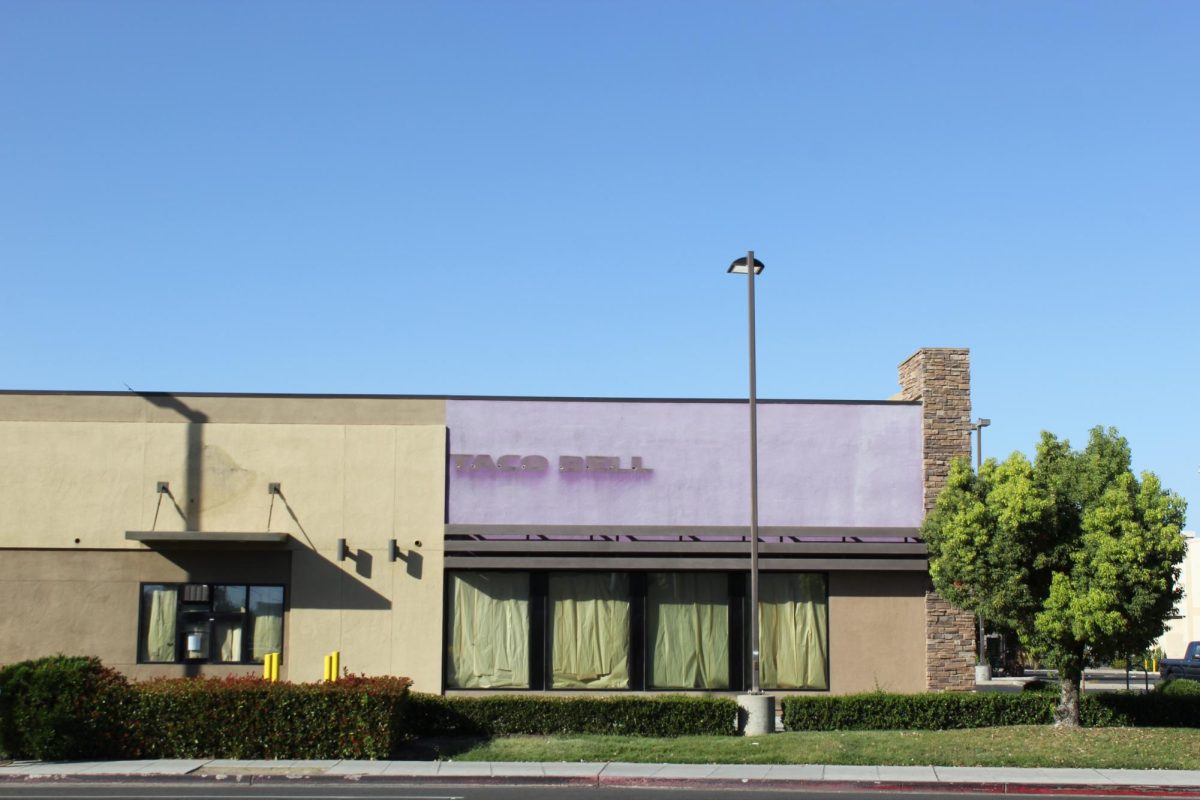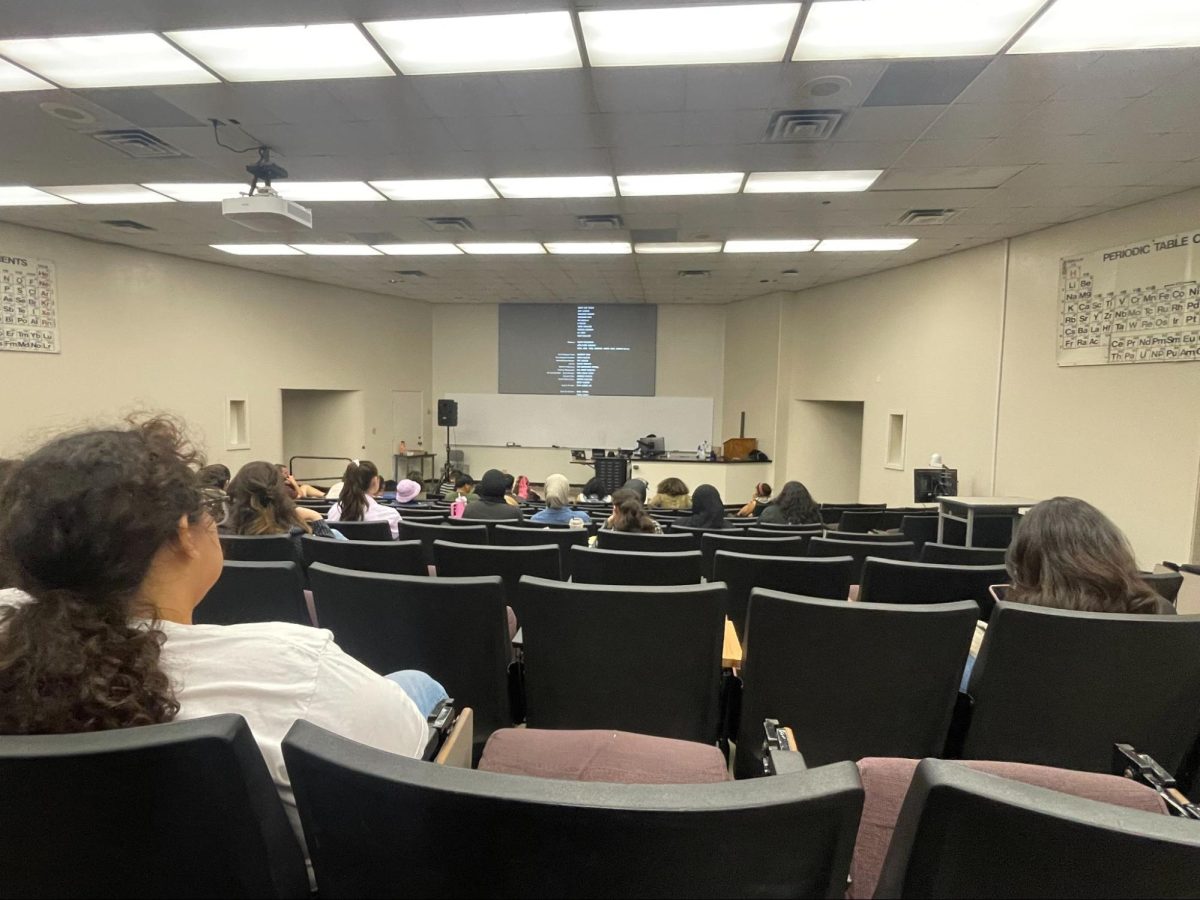Enrollment at Fresno City College is down by 14.31 percent this semester compared to the fall of 2010, according to information available on the Institutional Research of the State Center Community College District website.
Last fall, there were approximately 3,095 more students attending the college than there are now. While this may sound like good news for a campus that is portrayed as overcrowded, it also raises questions and concerns about what the future will bring.
Many attribute the decline to the budget crisis that is currently plaguing the state and uncertainties about funding sources. Other SCCCD campuses have suffered some decline; however, none as sharp as FCC’s. Reedley College’s enrollment is down 7.68 percent compared to last fall while the North Centers lost only .76 percent of their head count.
Interim president, Tony Cantu, said the administration purposefully cut the number of courses it offers, as well as the number of students it will accept, in order to prevent having to pay for students for which the state did not reimburse FCC. Cantu said, “It [the decline] was deliberate. We are trying to work within our funding.”
However, Lacy Barnes, President of the State Center Federation of Teachers, Local 1533, is concerned about the ramifications of the decline. “The district chose to cut course offerings in the name of lack of funding from the state,” Barnes said.
“This means fewer opportunities for students to matriculate and articulate. This means no income for many of our part-time instructors,” said Barnes. “In the long run, this means fewer students attending college in any districts because they have been met with closed doors. They may not try a second time to get into classes even when things change down the road.”
Prior to the decline, FCC was accepting students past its capacity, explained Kelly Fowler, interim vice president of instruction. The administration responded to these overages by cutting courses and capping enrollment more strictly.
“We traditionally have served 4,000 more students than we are paid. In addition, the state continually lowers our allocation and thus we have to respond by decreasing the number of courses offered each semester,” Fowler said. “In some cases, to keep the same number of sections, we lowered how many students could enroll in the class.” Cantu said that even with the decline, the college is still over cap.
Claudia Habib, president of FCC’s Academic Senate, said the college was able to accommodate up to 16 percent more than what was allocated in good times. “Because we were fine, we absorbed that cost. Given the budget situation, we had to make adjustments,” Habib said. “We couldn’t take that many more students beyond what we were allocated, so we adjusted a little bit. I wouldn’t say enrollment is down – it is more where it should have been all along.”
Habib says it’s not just administrators making random decisions, but rather a way to follow the budget very closely, with the commitment of serving the community.
Barnes’ evaluation of the district was less optimistic. “I think the district is earning about a C+. I think it could do better even in light of the budget crisis,” Barnes said. “They have significantly more resources in reserves than many well run districts like Los Rios and Los Angeles and should be using those dollars to provide as many services to students as possible. That’s why the district has received the money to begin with.”
The administration is taking steps to accommodate some of the displaced students by adding short-term classes. Habib explained that the state budget, passed on June 15, allocated more funds to community colleges. “Because of that,” she said, “now at this point we have room to add a few more courses and serve more students.”
Beginning Oct.6, registration began for 12 additional classes that will only last the remainder of the semester. These classes meet at least twice weekly, each meeting lasting over three hours. Habib said, “The decision was made to offer courses in the areas that students need the most.” These areas are English, Biology, Communication, History, Math, Political Science, and Psychology.
But Habib also acknowledges the potential problems of adding these classes. “Those departments are going to have a little impact in the sense that they have to collaborate trying to come up with new sections, find faculty – whatever we need to do. The good news is that we’re trying to open opportunities for students,” said Habib.
The primary concern is finding faculty to teach these classes. Barnes said the additional classes will be helpful for students if teachers can be found. She said, “As a result of no classes being offered initially, many of our part-time instructors may have found jobs elsewhere. If they haven’t, the question becomes, ‘Can I take this class in Reedley and be back for my class in Fresno?’ If there happen to be two classes available’. These instructors may ask the question; ‘Is it even worth having a class that doesn’t pay for gasoline?’” ‘
So what should students do to cope with these changes? The answer varies. Fowler advises students to stay on top of deadlines. “Classes fill quickly, which means that students should be aware of their registration dates and payment due dates,” she said.
Habib agrees, “Students are going to be more careful now to enroll in the classes they need and really plan ahead so they stay in the classes they need as opposed to dropping and changing schedules, which is hard to plan. But I think everybody has a stake in having a more efficient system.”
Barnes advises students, as well as faculty, to organize themselves and demand that monies be used to provide them services. “Faculty should rally around these same issues and continue to provide the instructions needed to help students achieve their academic pursuits,” said Barnes.
There is little certainty about what the future will bring. Habib says the constant change of budgeting will make it difficult to lay down solid plans for future semesters.
Barnes, though, said that enrollment will rise again. “Historically, when fiscal times are bad, people return to school. Community colleges typically are where students return to.”
Regardless of whether enrollment grows or continues to decline in future semesters, Fowler says FCC administration “will continue to work closely with the district office, campus leadership, faculty, staff, and students, to ensure that a full complement of courses are offered each semester for students.”
Categories:
Fresno City Enrollment Rates Drop
Story By: Jordan Russell, Rampage Reporter
October 19, 2011
0
More to Discover






